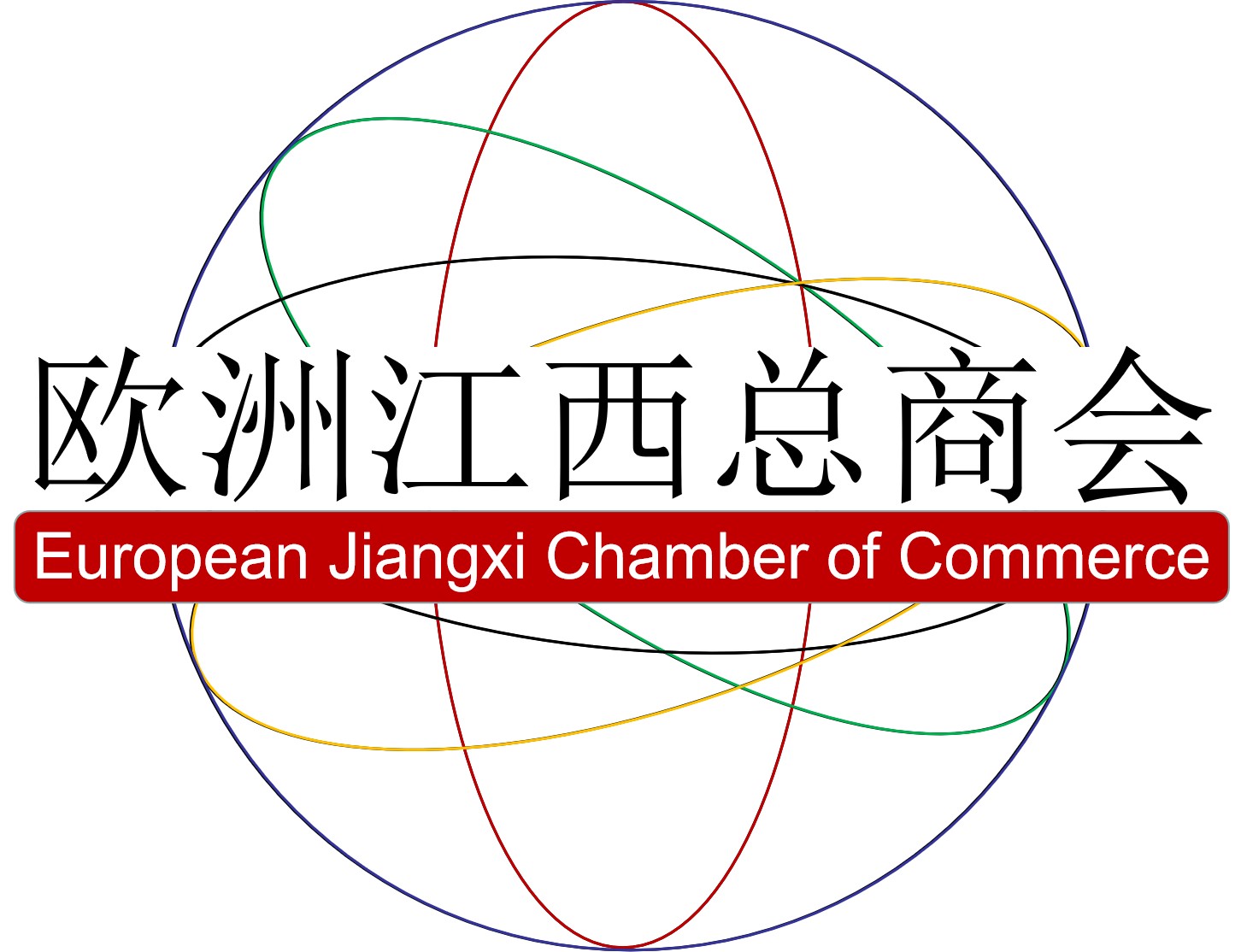江西位于长江中下游南岸,三面环山,北临长江,享有“鱼米之乡”之誉。全省面积16.69万平方公里,人口4600万,辖11个设区市,100个县(市、区),是一方“物华天宝,人杰地灵”的土地。
江西区位优越,交通便利。是长江三角洲、珠江三角洲和海峡西岸经济区腹地,具有承东启西、连南接北的独特区位优势。2017年,全省铁路营运里程4322公里,高速公路通车里程公里达到6000公里,有南昌、九江、景德镇、赣州、井冈山、宜春、上饶七个机场。
江西历史悠久,文化璀璨。有南昌、景德镇、赣州3座国家级历史文化名城。江西是中国儒家、佛教、道教文化的重要繁衍地,自古人文荟萃,著名的唐宋八大家中王安石、曾巩、欧阳修出自江西。万年县是世界稻作文明的发源地,景德镇瓷器闻名中外,陶瓷文化源远流长。
江西山清水秀,生态良好。全省森林面积1.43亿亩,森林覆盖率达到63.1%,居全国前列。鄱阳湖是全国最大的淡水湖,是国际性的重要湿地。
江西矿产资源种类多、储量大。已发现各类矿产170多种,其中铜资源储量居全国第一,赣东北的德兴市是全国最大铜冶炼中心,赣南有“世界钨都”和“稀土王国”之称。江西红色旅游资源丰富,井冈山是中国共产党创建的第一个革命根据地,南昌是中国人民解放军的诞生地,瑞金是第一个红色政权的诞生地,于都是红军二万五千里长征的出发地。
江西发展迅速,充满生机。全省经济在中西部属于发达行列,2017年,全省实现生产总值20818.5亿元,增长8.9%;财政总收入3447.4亿元,增长9.7%;固定资产投资21770.4亿元,增长12.3%;社会消费品零售总额7448.1亿元,增长12.3%;城镇居民人均可支配收入31198元,增长8.8%;农村居民人均可支配收入13242元,增长9.1%。主要经济指标增幅继续位居全国“第一方阵”。
An Updated Introduction to Jiangxi Province
Jiangxi is located to the south of the middle and lower reaches of the Yangtze River, and surrounded by mountain ranges on three sides of the east, south and west. Since ancient time, Jiangxi Province has been renowned as a land of fish and rice. Covering a total area of 166,900 square kilometers, Jiangxi has a population of 46 million. There are, under its jurisdiction, 11 prefecture-level cities which encompass 100 counties, including county-level cities and districts. It is a place reputed for endowing with abundant resources and producing outstanding people.
Jiangxi enjoys an advantageous geographic location and a convenient transportation network. Adjacent to the Yangtze River Delta, the Pearl River Delta, and the triangular area of the southeast of Fujian Province, Jiangxi is thus given a geographic advantage of connecting the east with the west, and linking the north with the south. By the end of 2016, the mileage of completed railways in the province was 4,322 kilometers. The mileage of completed expressways in the province reached 6,000 kilometers. Up to date, Jiangxi has seven airports, namely, Nanchang airport, Jiujiang airport, Jingdezhen airport, Ganzhou airport, Jinggangshan airport, Yichun airport and Shangrao airport.
Jiangxi has a long history and a splendid culture. The whole province is proud of having three national-level famous historic and cultural cities, namely, Nanchang, Jingdezhen and Ganzhou. Jiangxi is an important area in which Chinese Confucianism, Buddhism and Taoism have proliferated. Of the eight most famous scholars in the Tang and Song Dynasties, three of them, namely, Ouyang Xiu, Zeng Gong and Wang Anshi were born in Jiangxi. Wannian County is the place of origin of rice cultivation in the world. Jingdezhen, the “Porcelain Capital of the World”, has inherited a long-standing ceramic culture dating back thousands of years.
Jiangxi boasts good ecological environment. Its forests cover an area of 143 million mu (1 mu=0.0667 hectares), which accounts to 63.1% of the entire province, ranking among the top in China. Poyang Lake in Jiangxi is the largest fresh water lake in China and an important piece of wetland with international significance.
Jiangxi is endowed with abundant mineral resources, of which there are 170 different kinds. The copper reserve of Jiangxi ranks the first in China. The largest copper mine in Asia has been established in Dexing City in the northeast of Jiangxi, where there is also the biggest copper smelting center of China. The south of Jiangxi is reputed as the “Tungsten Capital of the World” and the “Kingdom of Rare Earths”. The red revolutionary resources are abundant in Jiangxi. Mt. Jinggang is the cradle of Chinese revolution. Nanchang is the birthplace of the People’s Liberation Army. The Nanchang Aug 1st Uprising fires the first gunshot at the Kuomintang Party. Ruijin is the place of the Chinese Soviet Republic, where the first red political power of China was founded, and it is also the starting point of the Long March of the Central Red Army.
Jiangxi has developed swiftly and is full of vitality. In 2017, the GDP of the entire province was over RMB 2.08 trillion, representing an increase of 8.9% over the previous year. The financial revenue was over RMB 344.7 billion, representing an increase of 9.7% over the previous year. The fixed-asset investment was over RMB 2.18trillion, representing an increase of 12.3% over the previous year. The total sales volume of consumer goods was RMB 744.8billion, representing an increase of 12.3% over the previous year. The disposable income of urban residents was RMB 31198, representing an increase of 8.8% over the previous year. The disposable income of rural residents was RMB 13242, representing an increase of 9.1% over the previous year.
